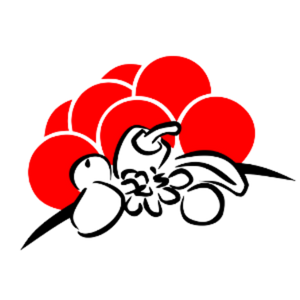E101 Riboflavin (Vitamin B2): A Comprehensive Overview
Introduction
E101, known as riboflavin or vitamin B2, is a vital nutrient and a colorant used in the food and beverage industry. Riboflavin is distinguished by its bright yellow-orange color, contributing not only to the nutritional value of food products but also to their aesthetic appeal. This water-soluble vitamin plays a critical role in energy production, cell function, and the metabolism of fats, drugs, and steroids. Beyond its essential biological functions, riboflavin serves as a natural food coloring, offering a range of benefits from nutritional enhancement to visual improvement of food items.
Chemical and Physical Consideration
Riboflavin is a water-soluble vitamin belonging to the B vitamin family. Chemically, it consists of a flavin ring, a tricyclic isoalloxazine ring, connected to a ribitol, a sugar alcohol. This structure is responsible for its yellow fluorescence under UV light, a characteristic feature of riboflavin. The vitamin is stable to heat in acidic conditions but can be degraded by light, especially in alkaline solutions, making its stability a consideration in food processing and packaging.
Manufacturing Process
The production of riboflavin for commercial use involves both fermentation and synthetic processes.
Fermentation: This is the primary method for producing riboflavin commercially. It involves the cultivation of specific strains of microorganisms, typically genetically modified bacteria or fungi, which are capable of producing riboflavin in large quantities. The fermentation process is carefully controlled to optimize yield and involves the use of nutrient-rich media. After fermentation, riboflavin is extracted, purified, and crystallized.
Synthetic Production: Although less common, riboflavin can also be synthesized chemically from precursor molecules. This method involves several complex chemical reactions and is generally more costly than fermentation.
Application in the Food Industry
Riboflavin is widely used in the food industry for its nutritional and coloring properties.
Coloring Agent: As E101, riboflavin imparts a bright yellow to orange color to food products such as cereals, baby foods, pastas, sauces, and drinks. It is particularly valued for its stability under heat, making it suitable for baking and other high-temperature processes.
Nutritional Supplement: Given its role in energy metabolism and overall health, riboflavin is added to various food products to prevent deficiencies. It is commonly found in fortified foods, dietary supplements, and vitamin-enriched products.
Sustainability Aspects and Environmental Compatibility
The production of riboflavin, especially via fermentation, is considered environmentally friendly due to its reliance on renewable resources and the biodegradability of its by-products. Advances in biotechnology have further improved the efficiency and sustainability of riboflavin production, reducing waste and energy consumption.
Future Trends and Research
Research into riboflavin continues to explore its potential health benefits beyond its well-established role in nutrition. Studies are investigating its impact on conditions such as migraines, eye health, and certain genetic disorders. Additionally, the development of new fermentation techniques and microbial strains promises to enhance riboflavin production's efficiency and sustainability further.
Conclusion
E101 riboflavin represents a crucial intersection of nutrition and food technology, serving both as a dietary essential and a natural colorant. Its application in the food industry underscores the importance of vitamins in enhancing the nutritional profile and visual appeal of food products. As research progresses, the potential for new health benefits and more sustainable production methods will likely increase the value of riboflavin in food science and nutrition.
Michael Büch, 04.04.2024
